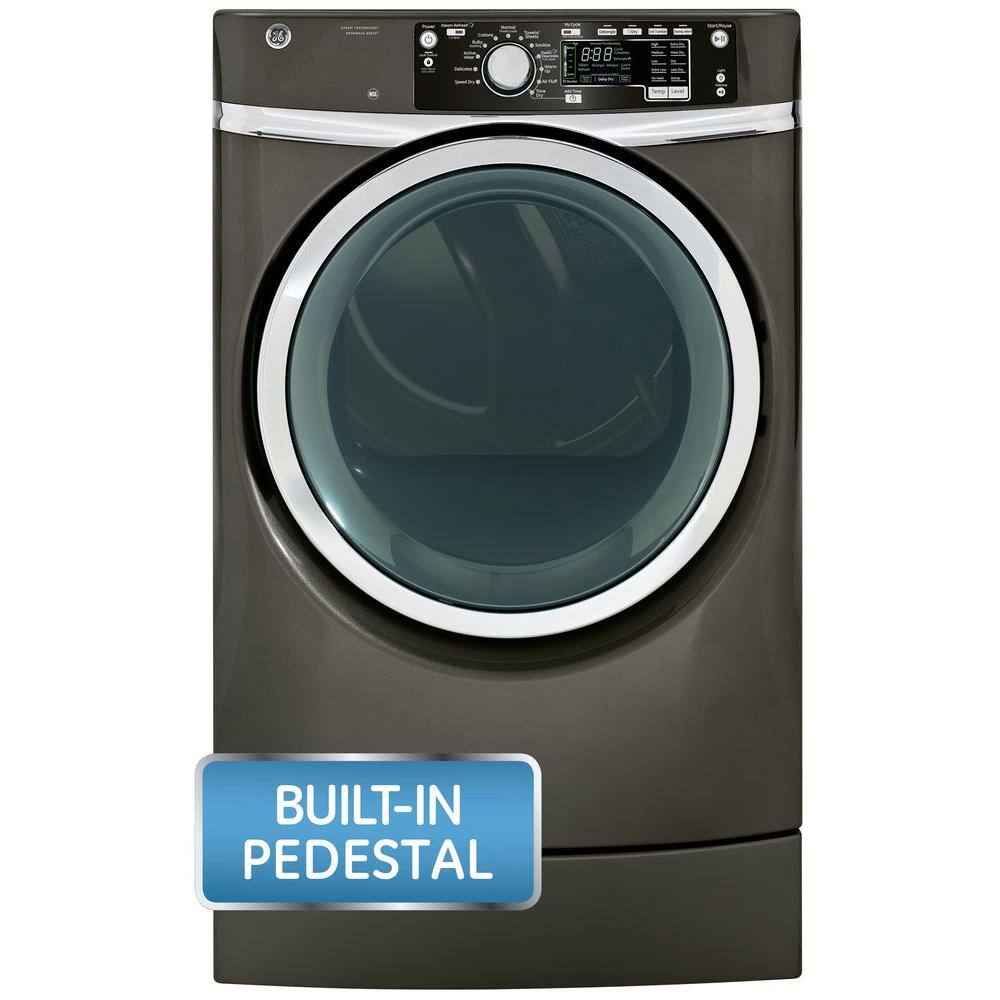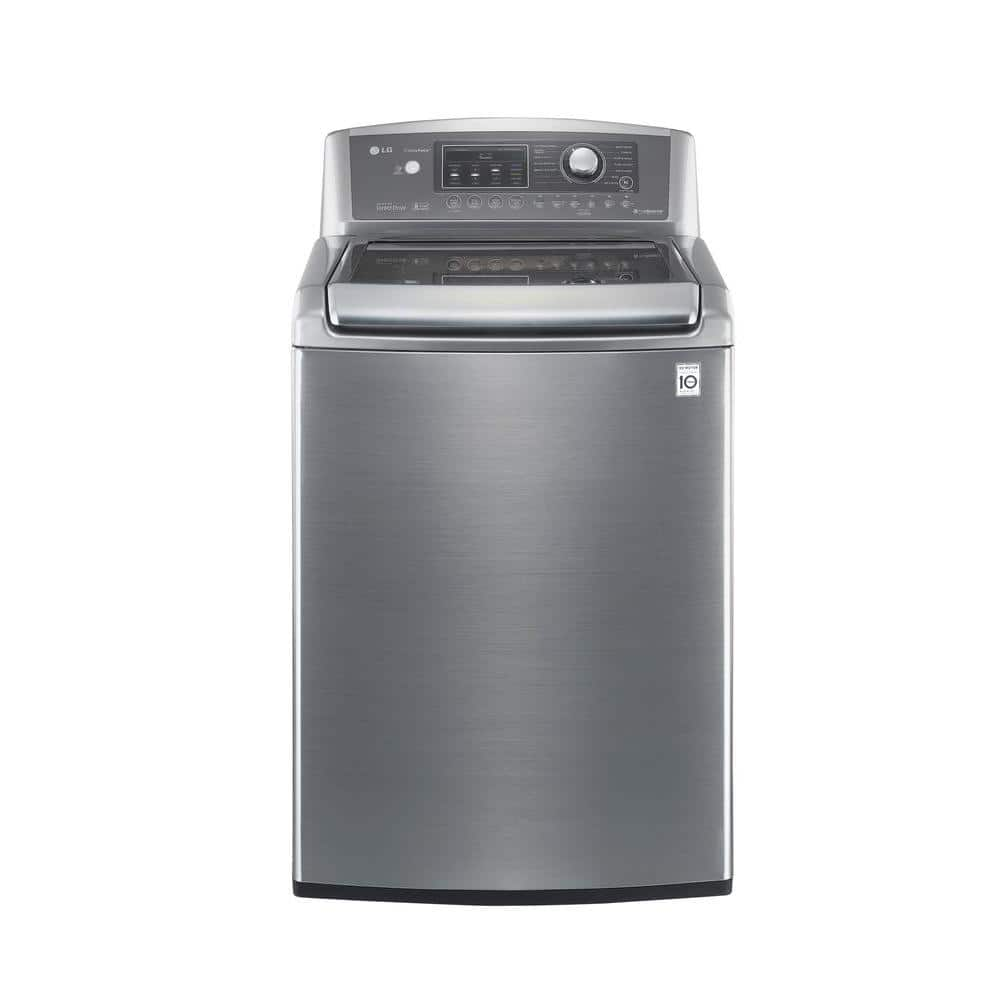Front Load Washer vs. Top Load Washer

Last updated January 3, 2024
A well-performing washing machine cleans clothes with little effort on your part. If your old machine has seen better days, replace it with a traditional top load or modern front load washer. Consider factors such as water use, cleaning power and ease of use before making your final choice. Think about the advantages and disadvantages of front load washing machines. Find out what you need to know to choose the washer that works best for your home. Read on about the pros and cons of front load washers and top load machines.
Table of Contents
How Front Load Washers Work
Pros and Cons of Front Load Washers
How Top Load Washers Work
Pros and Cons of Top Load Washers
Front Load vs. Top Load Washer Comparison Checklist
How Front Load Washers Work

Front load washers washers are designed as very powerful cleaning machines. They use a tumbling motion that forces water and detergent through your clothes. The tub spins both ways, loosening dirt and grime.
The whole process uses less water, is gentler on fabrics and can leave clothes fresher and cleaner than a top loader. Although the machine works slower than a top loader, it gives your laundry a deep clean without a bigger electric bill.
Front load washers also have longer wash cycles of 60 to 120 minutes or more. They have a capacity of 4 cubic feet to 4.9 cubic feet. Extra large front load washers can have a capacity of 5.0 cubic feet.
Pros and Cons of Front Load Washers

There are multiple pros and cons to consider when evaluating front load vs. top load washers.
Pros:
- Has several cycle options
- More water efficient. Uses 13 gallons per load vs. 41 gallons for top load machines
- Super cleaning power
- Can be stacked with a dryer
- Better for clothes, no agitator
- Reversible doors facilitate transferring wet laundry to the dryer
Cons:
- Mold can get stuck in the rubber seal
- Requires a higher upfront investment
- Can be more difficult to load and unload
- Heavier than a top load washer
Tip: Consider a laundry pedestal. A laundry pedestal will raise the unit 12 inches to 15 inches. This makes it easier to load and unload clothes without bending.
How Top Load Washers Work

Top load washers cover clothes in water and detergent. As clothes float around in the tub, they rub against each and the machine’s agitator. This agitation removes stains and grime. Single-action agitators have paddles on the top and bottom. The paddles move the laundry around the tub. Dual-action agitators have paddles plus spirals at the top. The paddles and spirals force laundry down.
Top load washers have cycles that range from 49 to 60 minutes. They have a little more capacity than front load washers, from 4 cubic feet to 5.2 cubic feet. Some larger top loaders can have capacities of 6 cubic feet or more.
Pros and Cons of Top Load Washers

There are multiple pros and cons to consider when looking at top load washers.
Pros:
- Washes clothes quicker
- Budget friendly
- Load and unload without bending
- More built-in wash cycles
- Less likely to develop mold and mildew
- Add clothes after the cycle has begun
Cons:
- Not as energy-efficient, uses a lot of water
- Clothes experience more wear and tear
- Offers fewer cycle options
- Not ideal for cleaning pillows or comforters
Front Load vs. Top Load Washer Comparison Checklist

Above is a quick overview of key differences between a front load vs. top load washer. Use it to help you choose which type of machine is right for you.
The type of washer you eventually choose will depend on your laundry needs, space and budget. Think about how you wash your clothes and what kind of fabrics you have. Consider how quickly you want to get your laundry done. Estimate how much laundry you want to do at a time. Ready to get a new washing machine? The Home Depot delivers online orders when and where you need them with professional installation services.


































